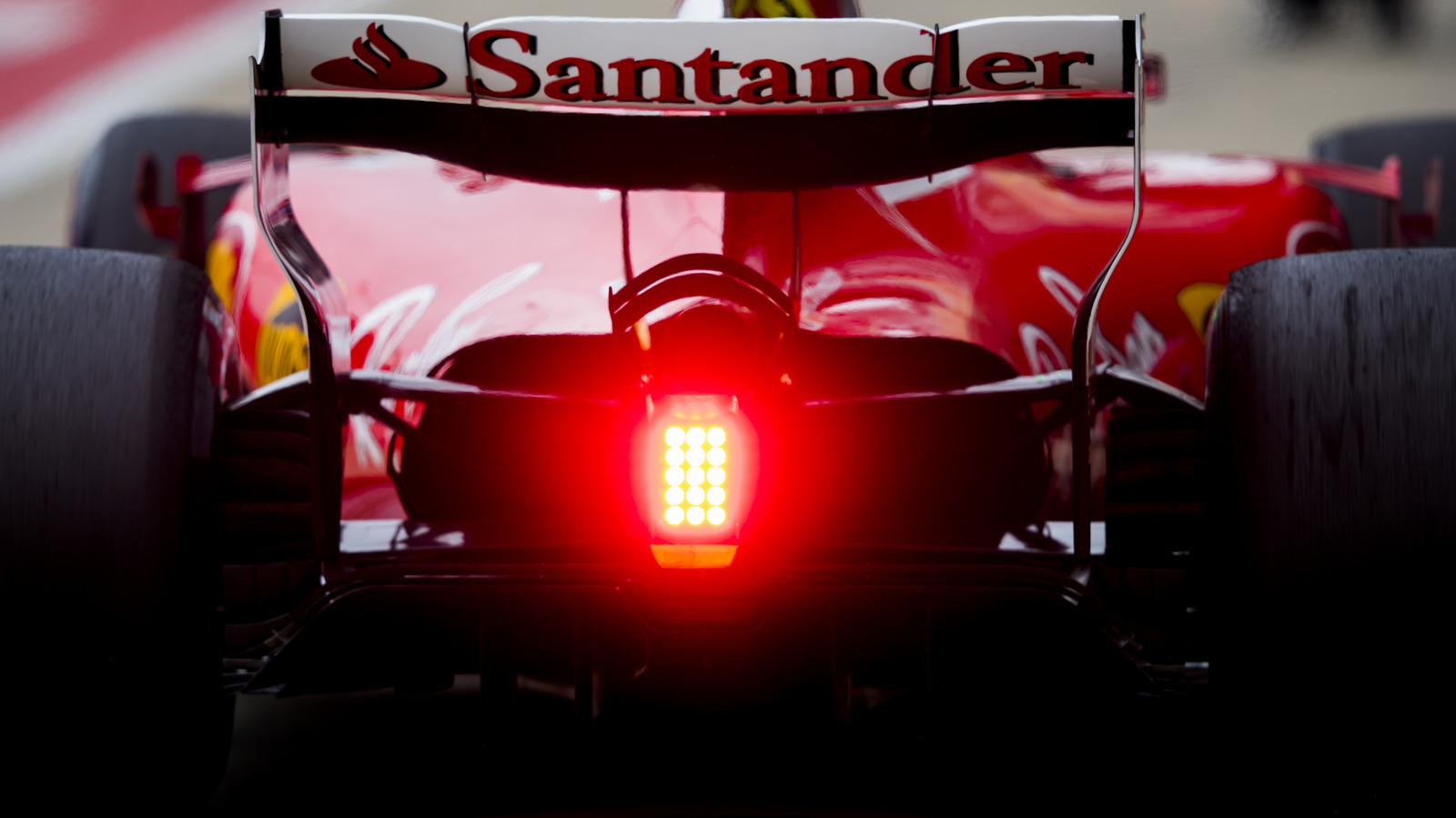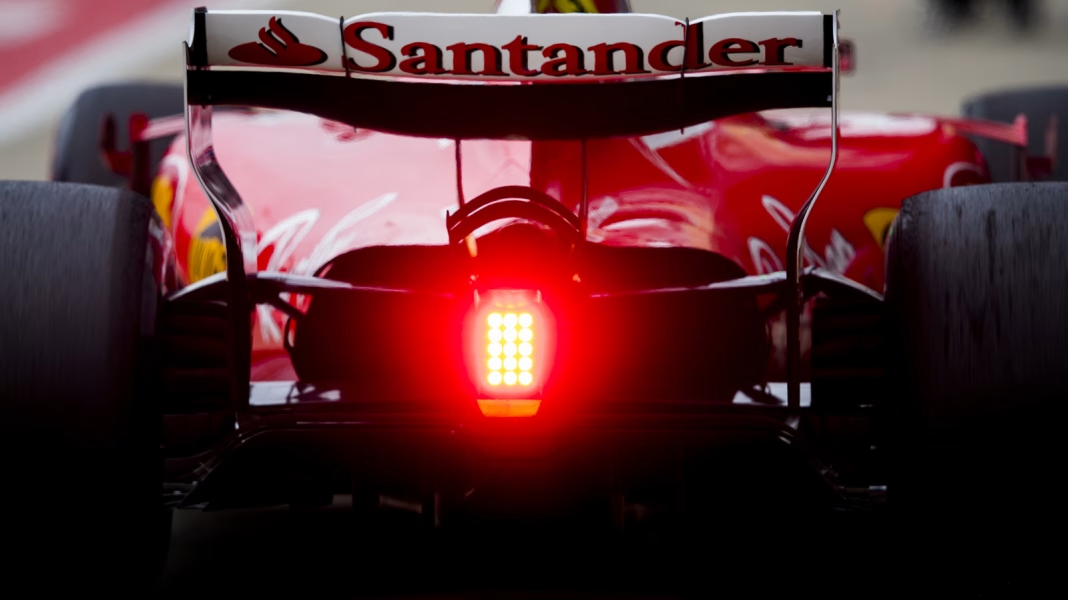What’s the Purpose of That Flashing Red Light on F1 Cars?
If you’ve ever watched a Formula 1 race and caught a glimpse of a tiny, blinking red light at the back of the car, you’re not alone in wondering what it’s all about. It’s not just for show, and it’s definitely not a brake light like you’d find on your daily driver. The story behind that little beacon is a fascinating mix of safety, technology, and racing strategy.
How Does the Red Light Keep Drivers Safe?
Safety is at the heart of almost every feature on a modern F1 car, and the flashing red light is no exception. Originally, the FIA (Formula One’s governing body) introduced the rear light to help drivers spot each other in poor visibility—think heavy rain, thick spray, or even the occasional foggy session. When the weather turns nasty, that light becomes a lifeline, helping drivers judge distance and position when their view is otherwise a wall of mist. According to the FIA’s technical regulations, the light must be visible from a minimum distance of 15 meters behind the car, even in the worst conditions.
But there’s more to it. In recent years, as F1 technology has evolved, the red light has taken on an extra job: signaling when a car is harvesting energy. With the introduction of hybrid power units, F1 cars now recover energy under braking—a process that can make the car slow down more abruptly than expected. When a car is in this energy recovery mode, the light flashes to warn following drivers. It’s a subtle cue, but in a sport where split-second decisions matter, it can prevent costly collisions.
Is It Ever Used for Anything Else?
Absolutely. While wet weather and energy recovery are the main triggers, the red light can also be activated in other scenarios. For example, during practice sessions, if a car is running in a low-power mode or returning to the pits, the light may flash to alert others that it’s moving slower than usual. It’s a simple way to keep everyone in the loop on a crowded, high-speed track.
What Makes the F1 Rear Light Different from Road Cars?
It’s easy to assume the rear light is just a fancy brake light, but that’s not the case. Unlike road cars, F1 vehicles don’t have brake lights at all. The reason? In racing, drivers are constantly on and off the brakes, and a traditional brake light would be more distracting than helpful. Instead, the F1 rear light serves as a specialized warning system, only coming on in specific situations that require extra caution.
A fun fact: the light itself is a marvel of engineering. It’s made up of high-intensity LEDs, designed to withstand the brutal vibrations, heat, and moisture that come with racing at over 200 mph. Teams test these lights rigorously to make sure they never fail when they’re needed most.
How Do Drivers and Teams Use This Feature Strategically?
While the light’s primary job is safety, it can also play a subtle role in race strategy. For instance, when a leading car’s light begins to flash, savvy drivers behind know that the car is harvesting energy and might be a bit slower on corner entry. That little flash can be a signal to pounce, setting up an overtaking move. It’s a small detail, but in F1, the smallest details often make the biggest difference.
Are There Any Real-World Examples of the Light Making a Difference?
Definitely. One memorable example came during the 2020 Turkish Grand Prix, where rain turned the track into an ice rink. Visibility dropped to near zero in places, and the only thing drivers could see ahead was the blinking red light of the car in front. Several drivers credited the light with helping them avoid accidents and finish the race safely. It’s a reminder that sometimes, the simplest solutions are the most effective.
What Should Fans Know When Watching F1?
Next time you’re watching a race and spot that flashing red dot, you’ll know it’s more than just a quirky design choice. It’s a critical piece of the safety puzzle and a silent communicator between drivers. And while it might not get the same attention as the roaring engines or the high-tech aerodynamics, it’s every bit as important.
The big takeaway? F1’s flashing red light isn’t about perfection—it’s about smarter adjustments. Start with one change this week, and you’ll likely spot the difference by month’s end.


